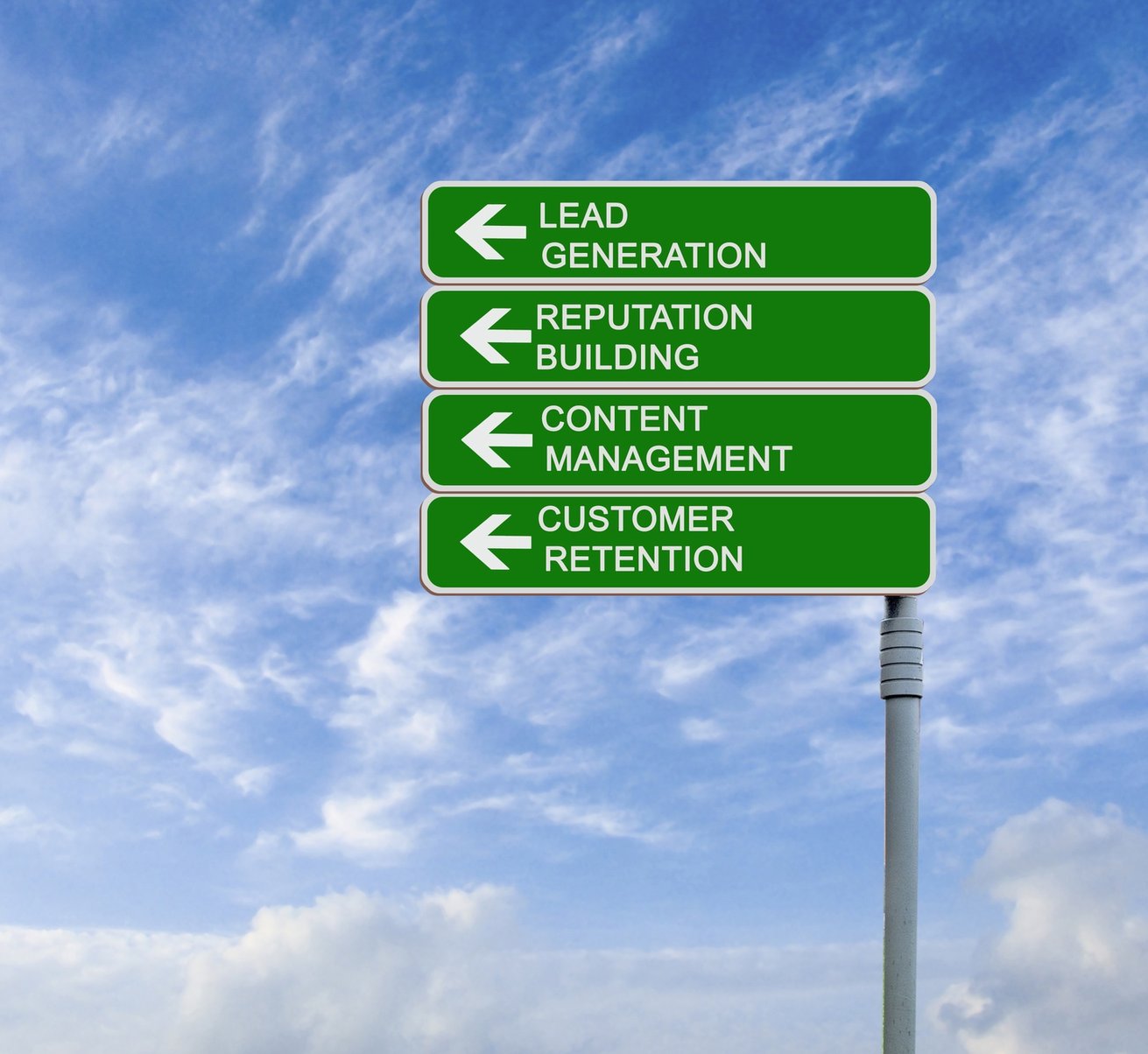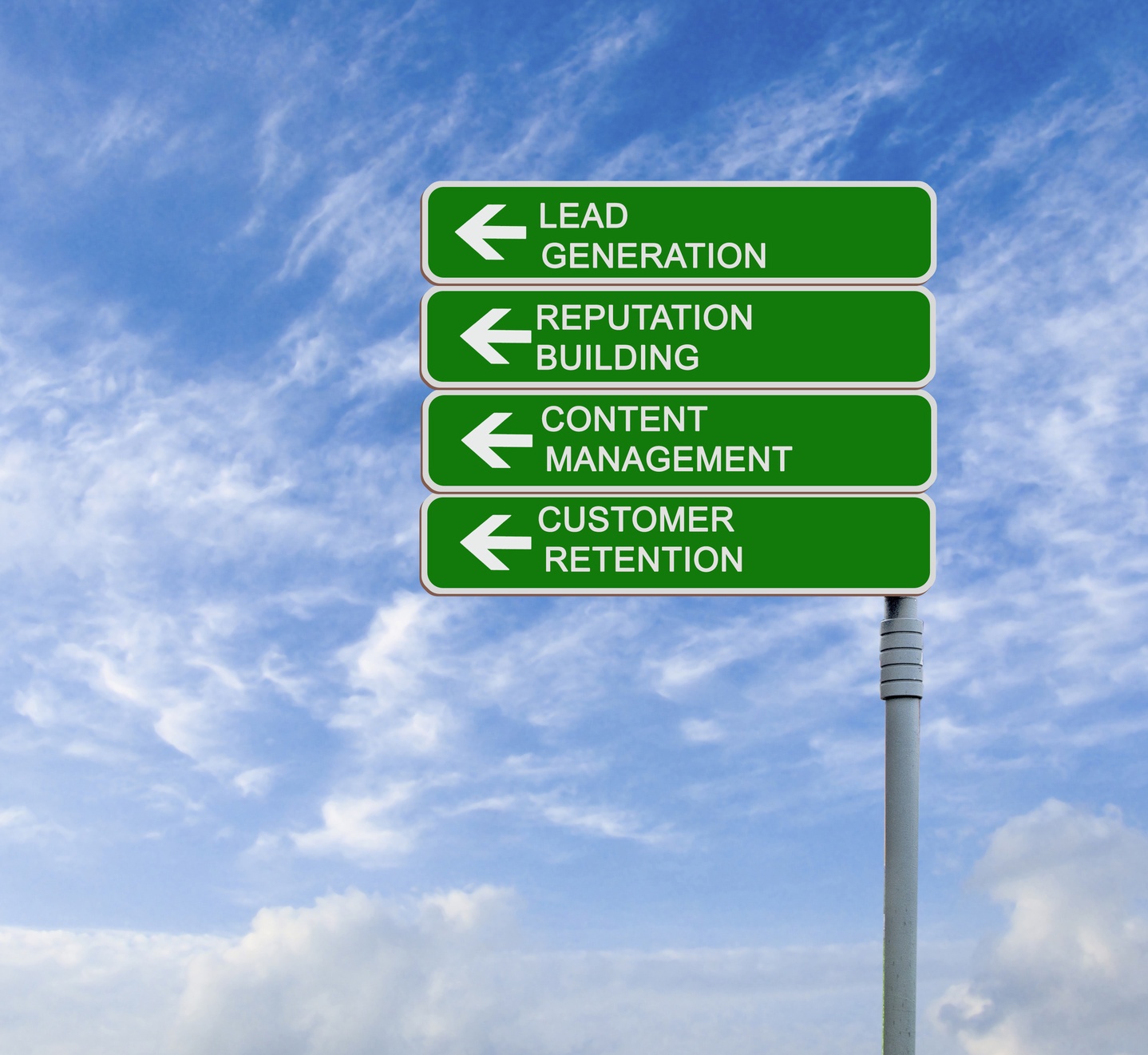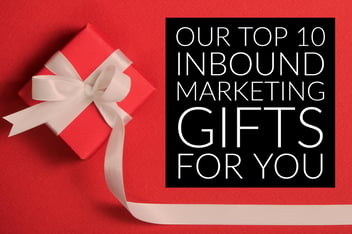Keep Lead Nurturing Content Closely Tied

What sets lead nurturing emails apart from other email marketing?
Three key characteristics are behind the response rates that are typically 4 to 10 times as high as those of standalone email blasts:
1. Lead nurturing emails are “opt-in” tactics—not a purchased list.
2. Nurturing emails include calls-to-action for specific offers.
3. Those offers are targeted and closely related to the lead’s initial interaction with your website.
It’s easy to see why those first two characteristics matter: no one really likes having their email inbox cluttered with messages from a company they’ve never heard of, or at least, haven’t had any interaction with in the past. It’s only slightly less annoying than telemarketing calls out of the blue.
And, of course, including a call-to-action (or more than one) is going to be key to generating response. An email without a CTA encouraging the reader to do something is likely to result in the reader doing … nothing.
So let’s focus on that third characteristic: targeted offers closely related to the lead’s initial interaction with your website.
I know, that’s a mouthful. More simply put, you are saying to the reader:
If you liked “A,” I think you’ll find “B” useful as well.
Here’s why and how it works:
You know why you have the lead’s email address.
Did the lead download a case study on improving inventory management? Did they access a report about patient readmissions following a heart attack? Or did they simply sign up for a subscription to your business blog?
When you know what interaction a lead has had with your website (something made simpler with an inbound marketing system such as HubSpot), you can begin sending nurturing messages tailored to their needs.
This ability to link a specific lead to their individual interaction on your website is one of the advantages of closed loop marketing—which ties leads and customers back to their initial visit to your site and tracks subsequent visits to build a customer profile.
You have additional offers related to the original topic.
Lead nurturing and inbound marketing are not “one-off” efforts. Both rely on carefully planned campaigns operating over an extended period of time in order to truly impact lead generation growth and sales conversion rates.
That means that none of your offers, on which visitors can convert into leads, should be created in a vacuum. Your offers should be part of carefully planned campaigns that include something for every stage of the sales funnel.
Here’s how that might look:
-
Awareness: Introductory ebook on how to prevent hospital readmissions following a heart attack
-
Consideration: Report featuring original research on how follow-up communications from providers impacts readmission
-
Comparison: Calculator for determining costs of automated communications and a template for planning the automation
-
Decision: Consultation phone call with your company, which offers automated communication solutions
If a lead initially converts on that introductory ebook, each lead nurturing email that follows would build off that topic, offering a more in-depth resource that guides a lead through the sales funnel.
These resources can help you build your campaigns based on closely related offers that guide leads through the sales funnel:
-
25 Offers to Appeal to All Stages of the Buying Cycle (blog post)
-
How to Turn Your Content Ideas Into Complete Marketing Campaigns (blog post)
You know what offers typically indicate a lead is ready to talk to sales.
Another advantage to the closed loop marketing approach is in the data that flows back into your system from every lead interaction. Hubspot, in particular, gives you the ability to consider both aggregate data over time and how individual leads progress through your system.
By examining the metrics that you are able to track, you can pinpoint which of your offers:
-
Generate the most leads.
-
Generate the most leads that eventually become customers.
-
Leads are most likely to access just before making a purchasing decision.
All of this information can help you refine future campaigns, as well as establish trigger points at which leads may be transitioned from a nurturing workflow into the sales department for a more personal approach. You may even want to incorporate certain actions as part of your own lead qualification checklist. (Download a template for creating your checklist here.)
When you focus on these three points, you can provide your leads with automated, yet personalized, nurturing emails that show you understand their needs, want to help them solve their problems, and are able to do so.
Find more tips for maximizing your lead nurturing efforts in our Introduction to Lead Nurturing ebook, or download some of the tools we’ve created to help you out: Nurturing Workflow Template, Campaign Planning Calendar Template or Lead Qualification Checklist.
-1.png?width=1652&height=294&name=Jones(RGB)-1.png)












